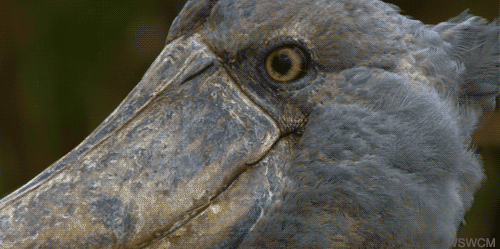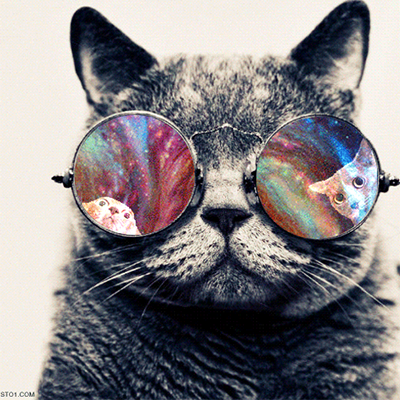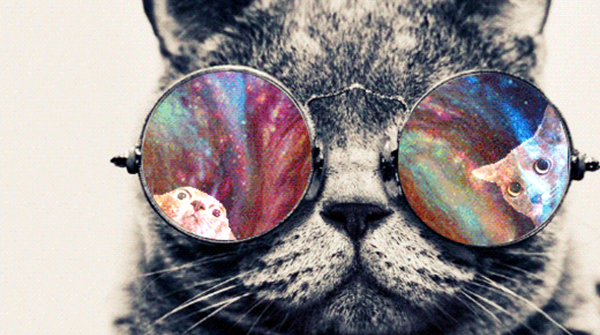by Serena Danna – translated by Roberta Aiello
He elected Mara Carfagna the world’s sexiest politician and reached 9 million unique visitors with a gallery entitled «21 photos that will restore your faith in humanity». He scored two U.S. presidential scoops simultaneously – both the support of Senator John McCain for Mitt Romney and the libelous campaign against Rick Santorum’s wife in South Carolina – which caused many headaches in prestigious US newsrooms.
Ben Smith is the editor-in-chief of BuzzFeed – the «hyper-social media» (copyright by Mathew Ingram of GigaOM) and is indicated by many as a horizon for the future of journalism. Despite his mere 36 years, he has much to teach. Starting with the humility with which he confronts the job. In December 2011 he left Politico, a landmark for domestic American politics, for a website known (to few) only for its galleries of animals. Many thought he was suffering from sunstroke. The only way to accept the passage of the finest young political reporter in America to a “stupid” website was to be convinced that he would have changed it radically. When his colleagues asked for a title about how Smith would have buried the dancing cats, the reporter replied that he loved those cats. He said the same today, on the phone, in the half-hour break between one meeting and the other: «I was born in New York, grew up in tabloid newspapers and trash, nothing amuses me as much as funny animals». A statement seemingly in contrast with his education: good schools, degree cum laude at Yale, a family of respected New York professionals. When he got married at age 25 to Liena Zagare, an analyst at the World Bank, the news of the marriage was in The New York Times, the newspaper where many expected to read his editorials soon.
His origins, however, are still in his “penguin” look – clear checkered shirts, oversize jackets, a few extra pounds – hard to miss even in the most hipster newsroom of New York. It is in the contrast between the cups of BuzzFeed that say WTF (Internet slang that stands for What the Fuck!) and the tie of the editor-in-chief that is the secret of the website. Since the day of his arrival, BuzzFeed has reached 40 million unique users per month and has had an increase of 19 million dollars of capital. The journalist is not surprised by the sudden success: «A website that everybody thought was specialized in all things considered strange at a certain point became journalism», says Smith, who in one year has hired journalists of the caliber of Michael Hastings, Rosie Gray and Doree Shafrir. (Doree Shafrir will speak at the 2013 International Journalism Festival – ed.) «In such a difficult situation for the news industry, to risk has become reasonable. Jumps like mine are needed to rock the boat». The BuzzFeed model, founded in 2006 by the media enfant prodige Jonah Peretti (responsible for the invention of The Huffington Post), proposes once again content and dynamics of the social web. «Today, the conversation is no longer on the blogs, but on Twitter – he explains – . Social networks put together serious news, birthday pictures and gossip. BuzzFeed does the same». If you listen to him it seems really simple: «Just follow the flow of Internet».

«People love to share online fun things and news and we rely on that type of content. In both fields, the competition is tough». The system could be called a double helix: the entertainment area aims to define what is content with a high viral potential, thanks to a team of statisticians who examine internal data and that of other publications (The Huffington Post, Time Magazine and Fox News have granted BuzzFeed access to their data traffic) for a total of 350 million users sieved. Multimedia articles produced in the name of virality often use material that comes from other websites: «We try to follow Internet culture: sharing is the password. If a user does, why can’t an organization do the same?». The use of ‘external’ material has already created many problems for BuzzFeed, accused of theft and copyright infringement: «The web is a very confusing landscape – Smith says, defending himself – There are so many pictures on Pinterest or Reddit that it is more and more difficult to trace the author».
If Internet is the Polaris of the entertainment section, with regard to the news the journalists of BuzzFeed would do better to turn off the computers: «In the content that I ask for – says the editor-in-chief – there should be no trace on the web. Original stories, documented, well written. Long journalism for Pulitzer». Also because journalism that uses Internet as its source often makes mistakes. Smith knows it. BuzzFeed was one of the websites that posted the wrong image of the Newtown shooter. «Journalism is a difficult task – he underlines – appreciating good stories on Internet does not mean you forget the ABC of the profession». One of the most controversial aspects of the model is the advertising, which is designed by the editors of the website with the sponsors. The gallery of the 20 coolest hybrid animals used to sponsor the Toyota Prius is among the most successful examples. He insists that there is a clear division between the advertising and the publishing areas: «We have a group of editors working on advertising, but I do not know what they do and they do not know what the newsroom does». In this case the explanation is also simple: «Online advertising is horrible – Smith says – It is not clear why in slick magazines and on TV we can see masterpieces of creativity and online just ridiculous banners. I think it is profitable for all to help brands to understand what kind of product may appeal to users».
With the opening of an office in London and entry into the video world following an agreement with YouTube, 2013 will be a crucial year for BuzzFeed. Analysts are betting that the organization will exceed a market value of $500 million. Smith does not like flatteries. As a former political reporter with experience, he knows well that today you are in heaven and tomorrow in hell: «Let’s see what happens. Meanwhile we are in touch via Twitter».
This article was originally published as BuzzFeed vs The Dish due modelli per il futuro del giornalismo and is reproduced with the kind permission of Corriere della Sera.



